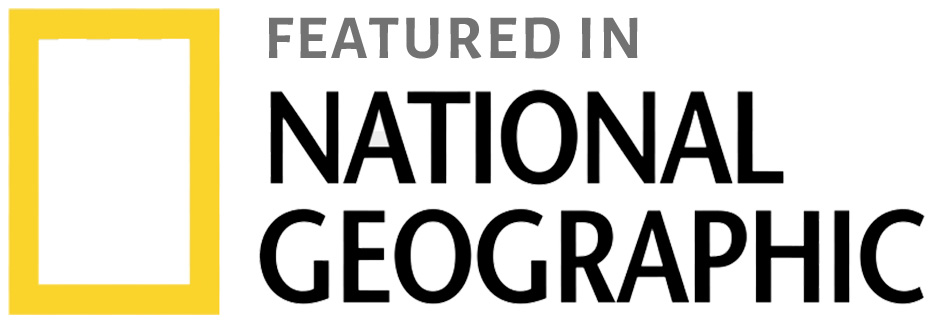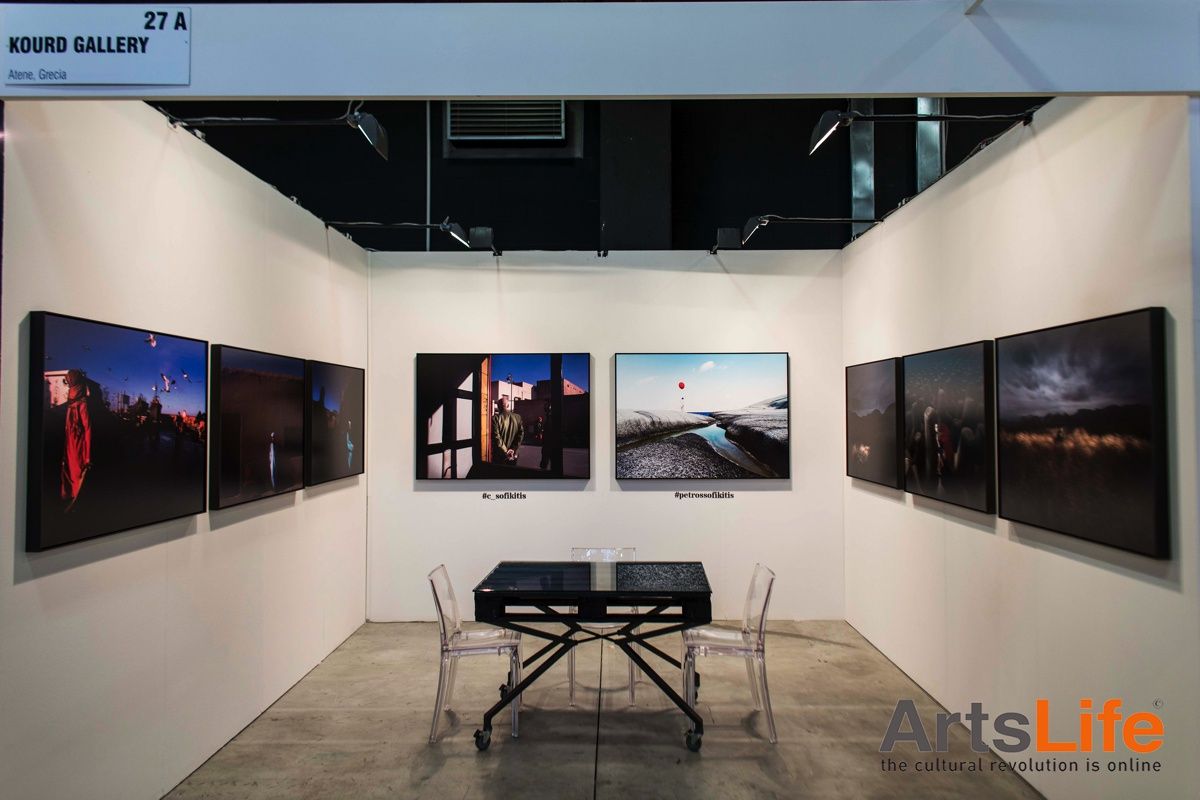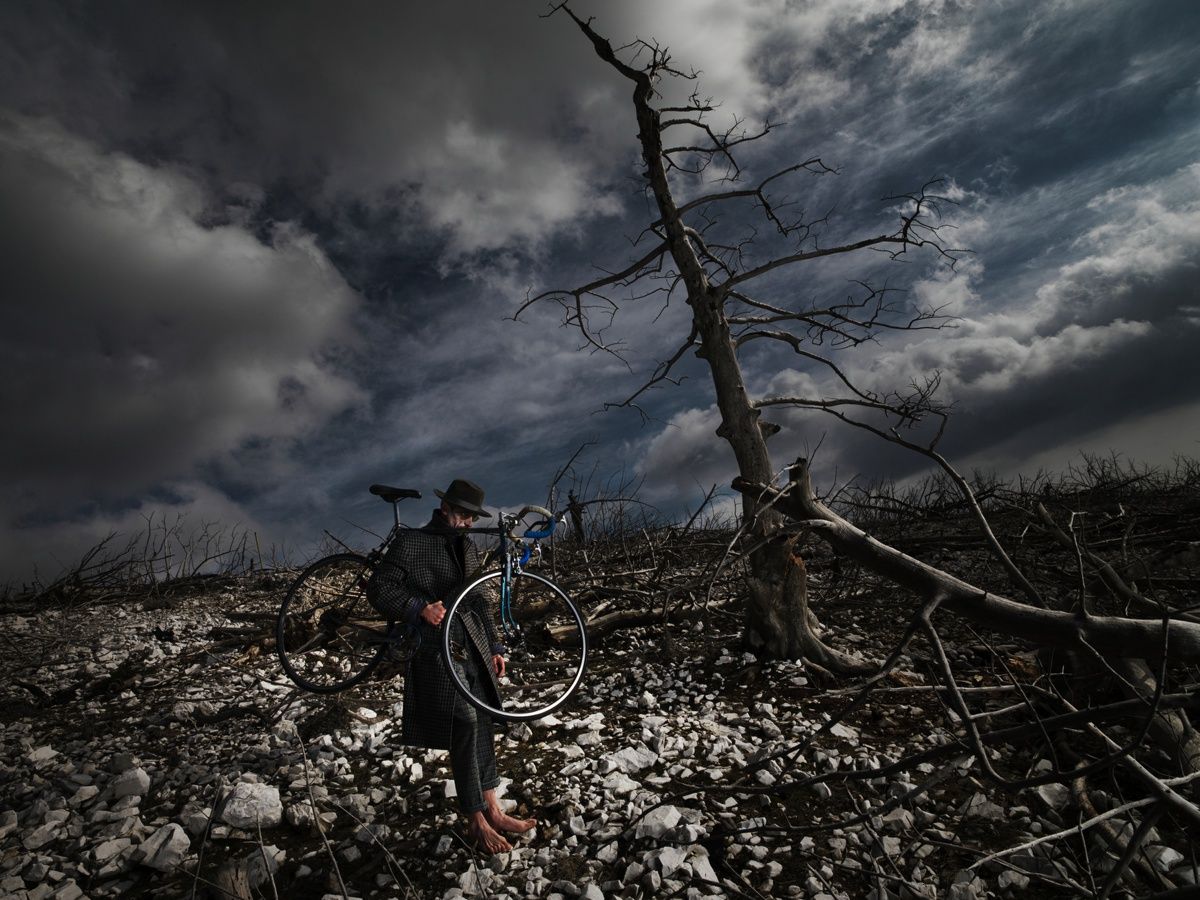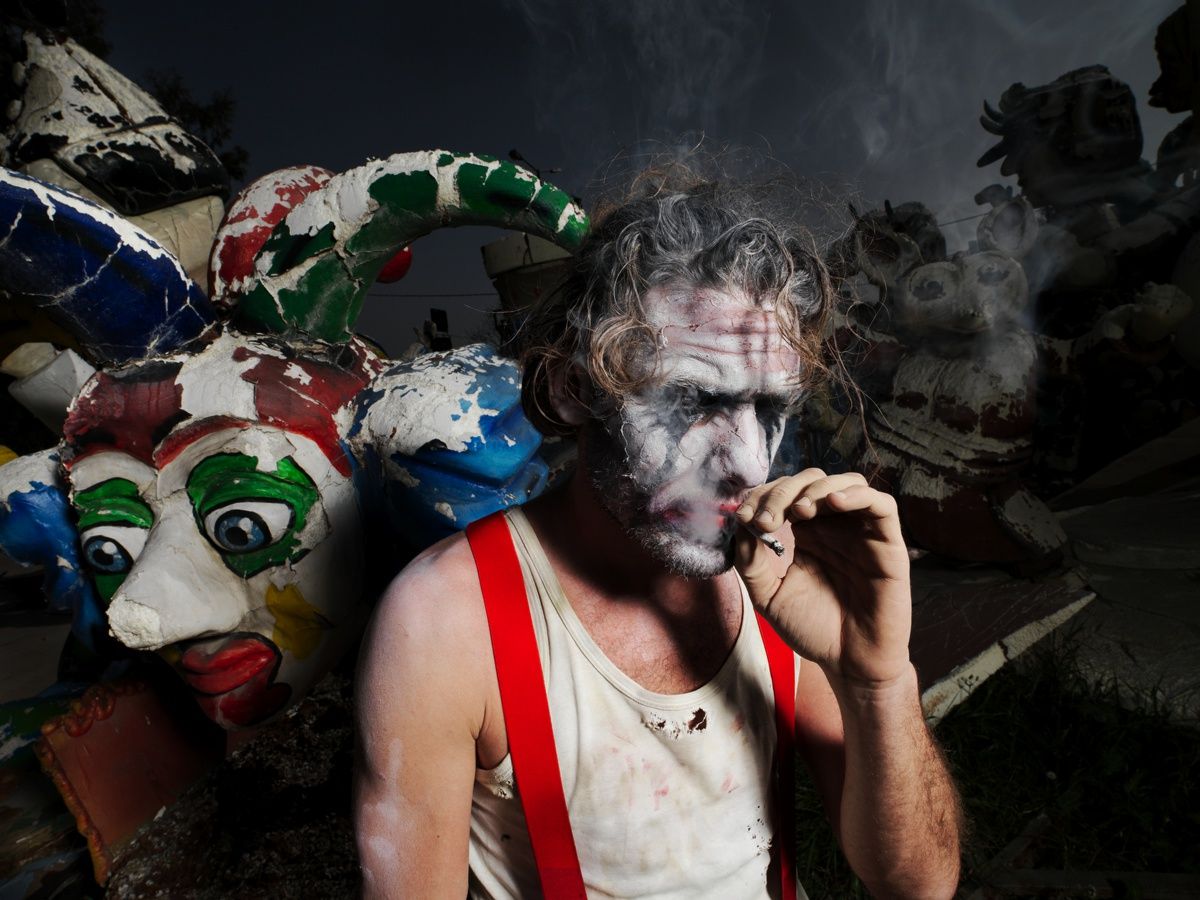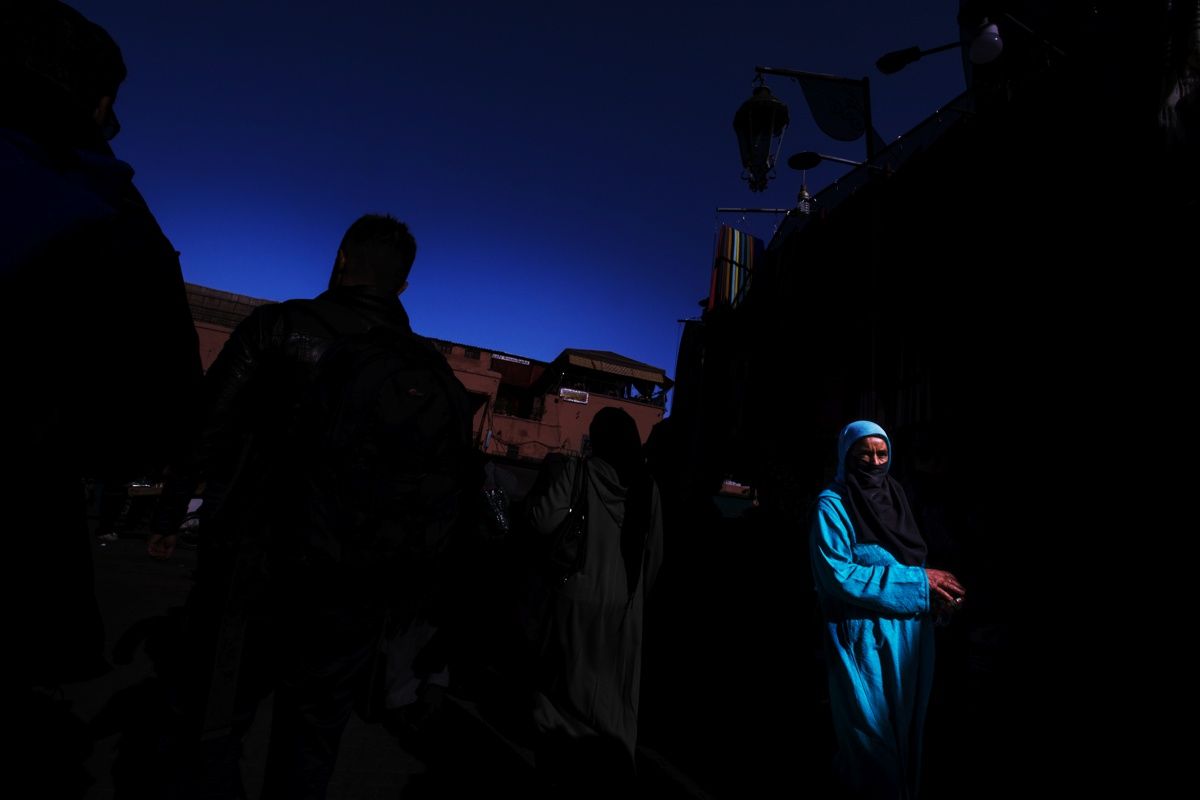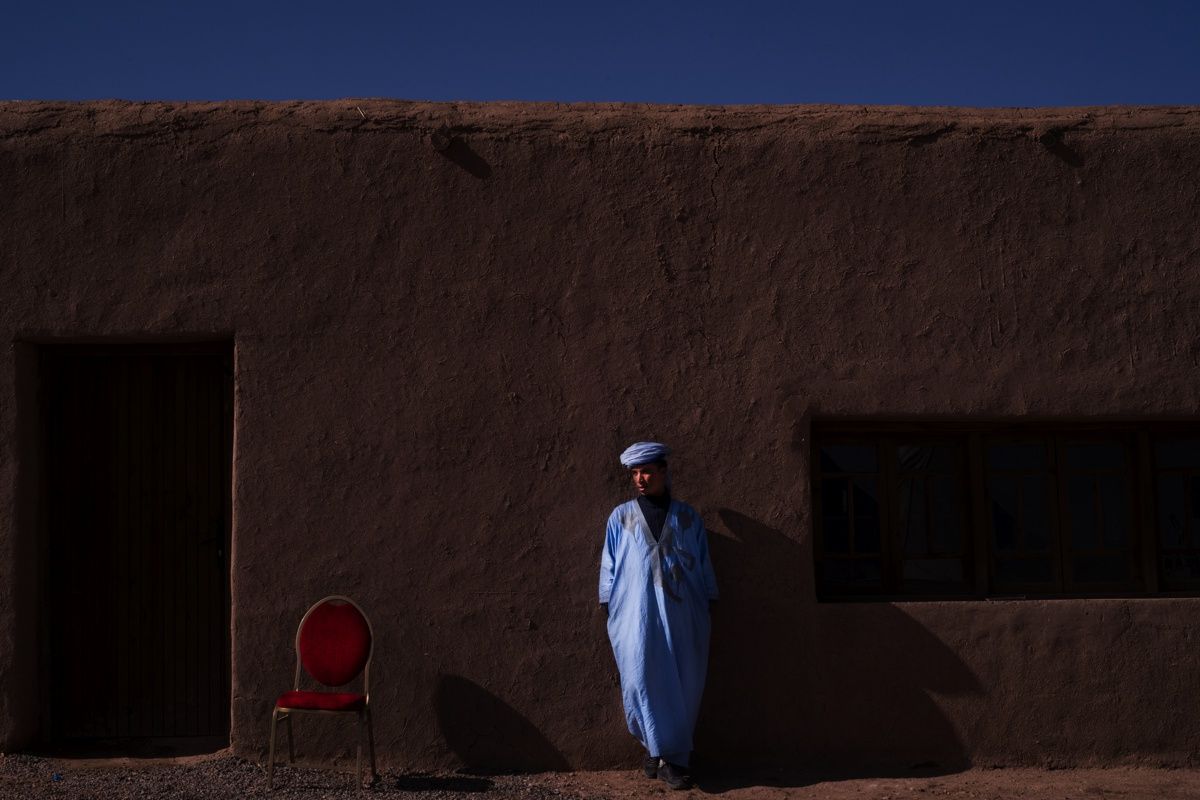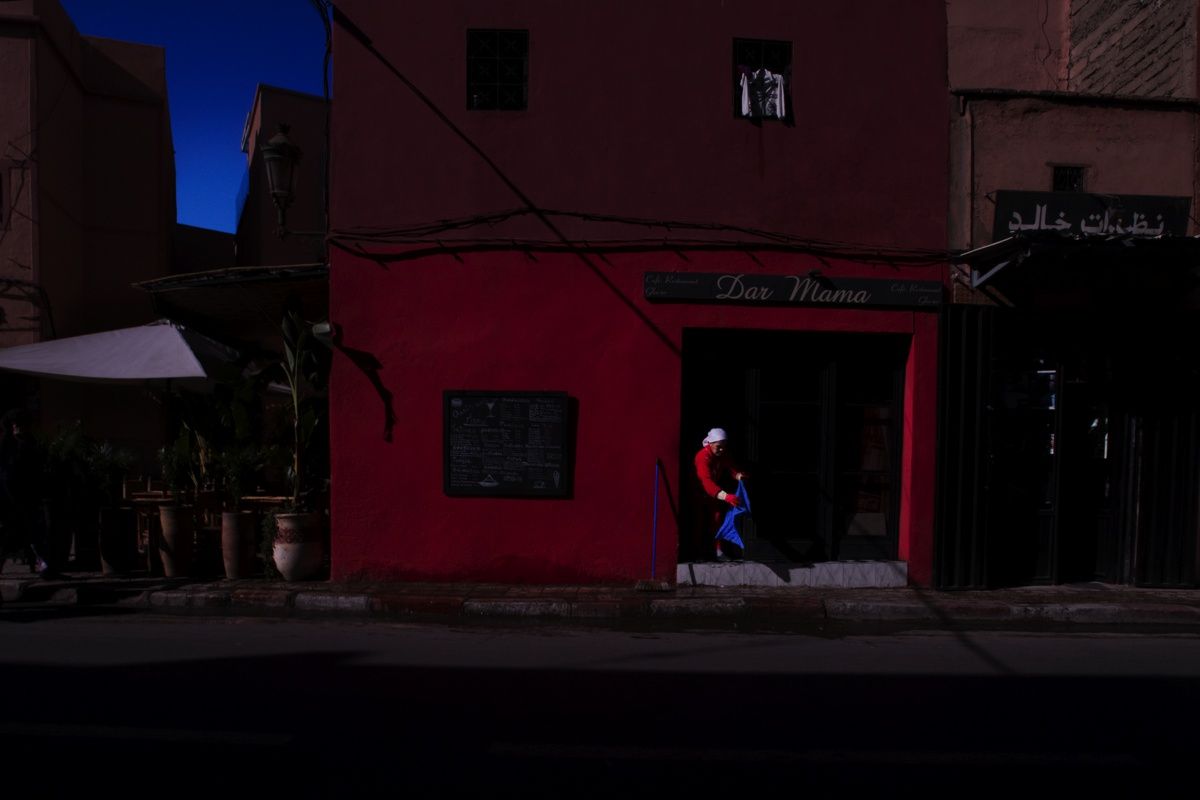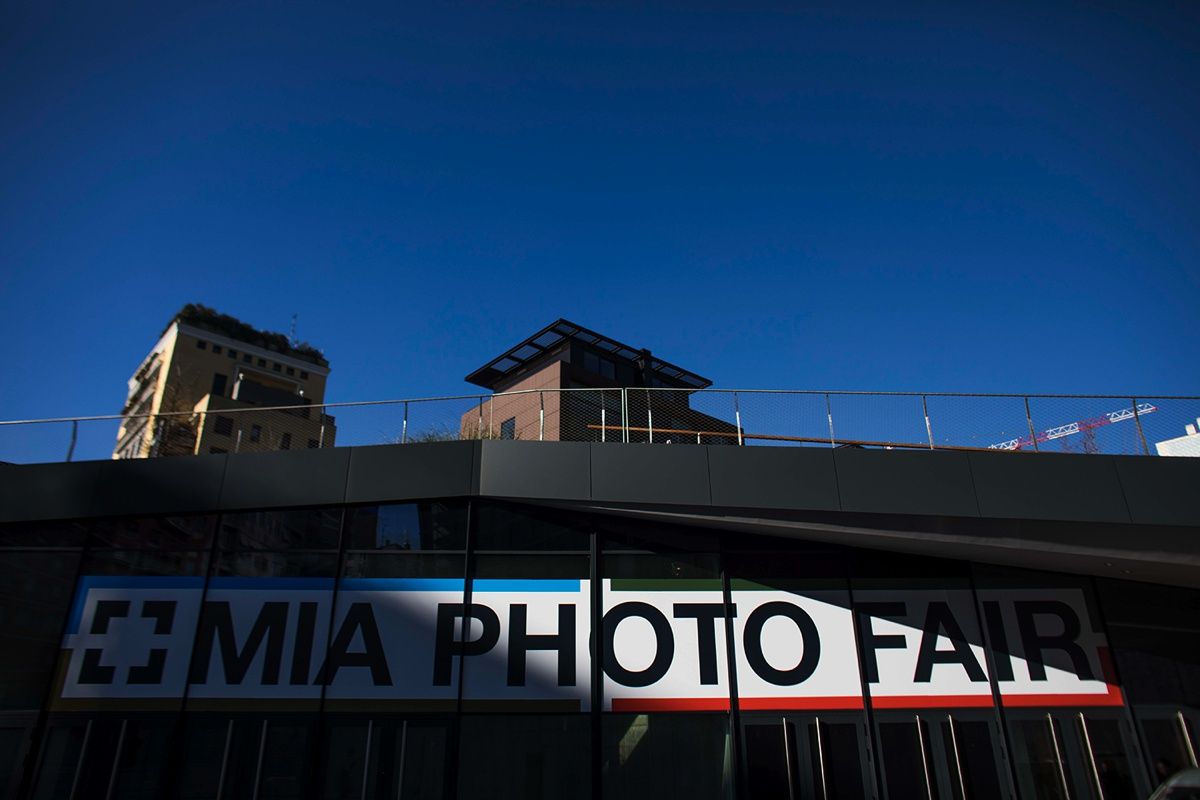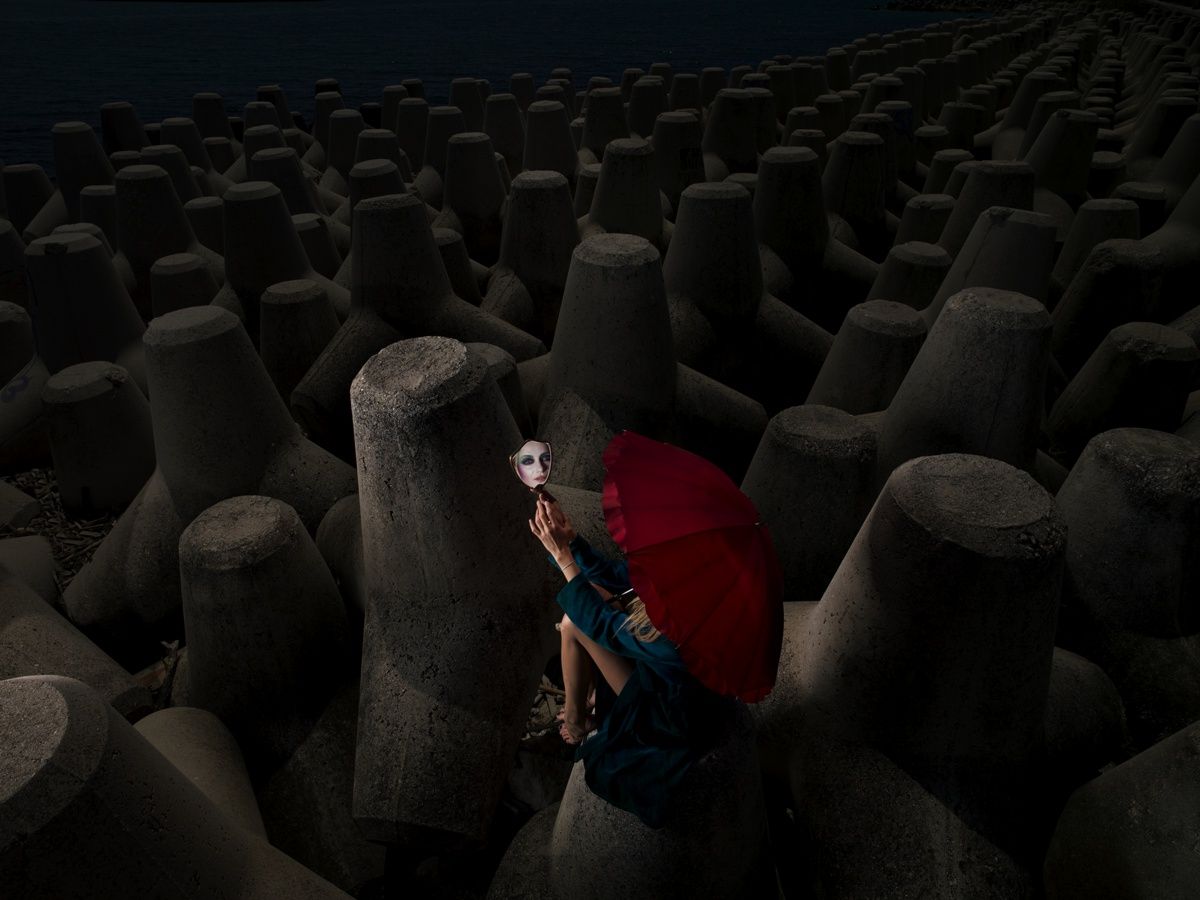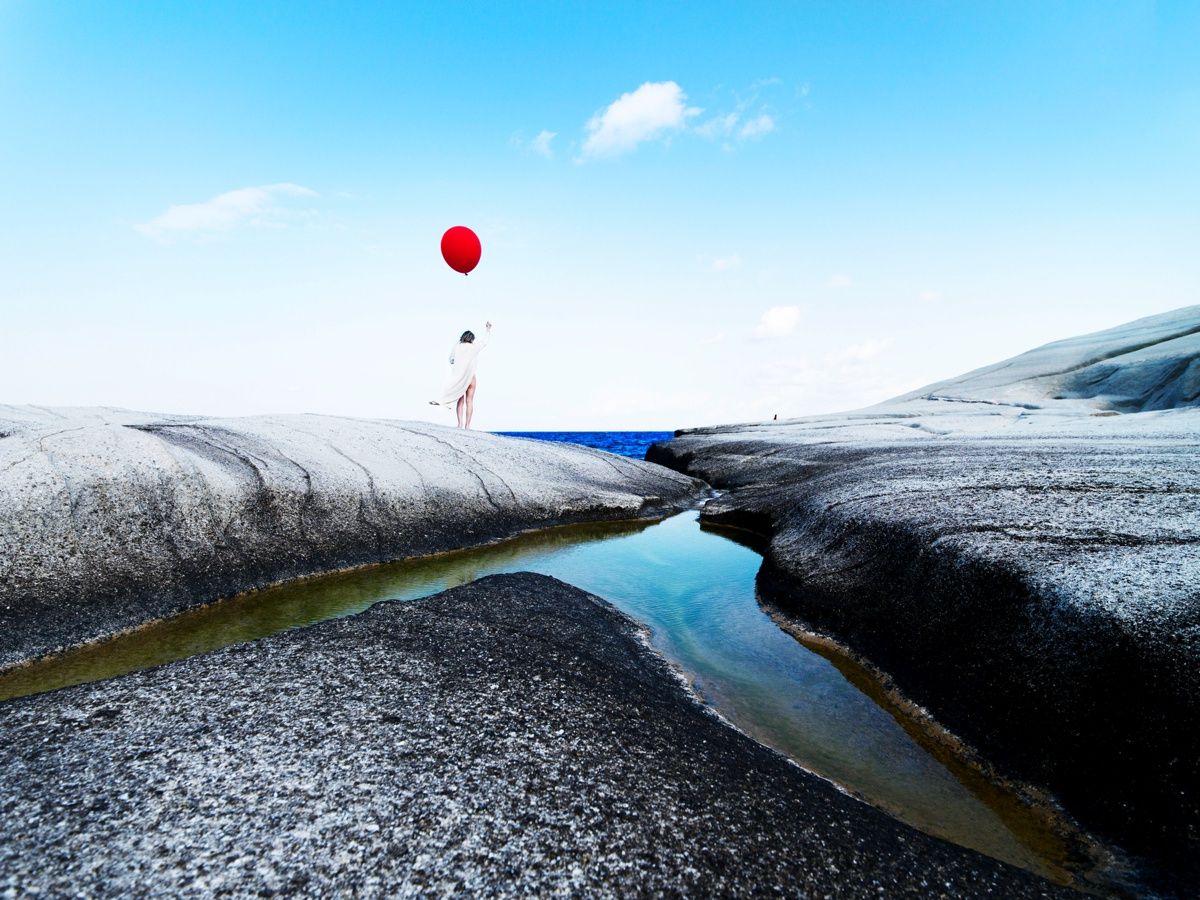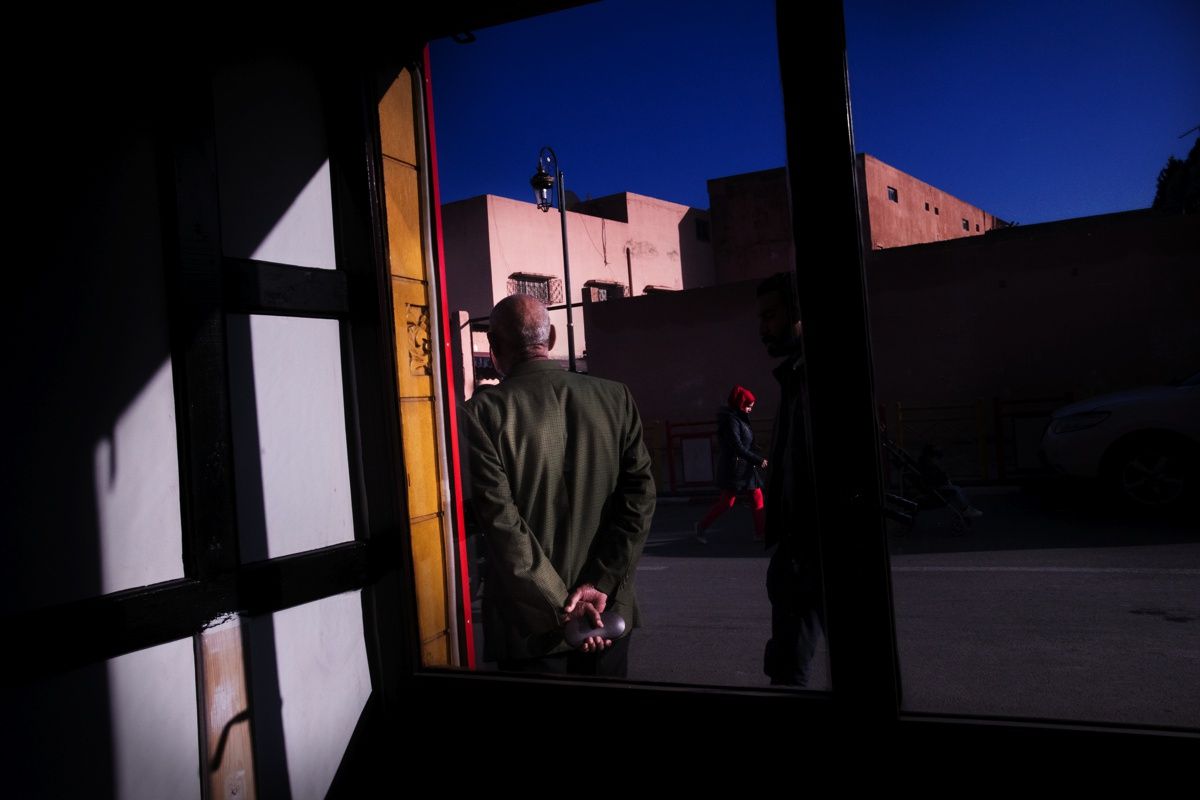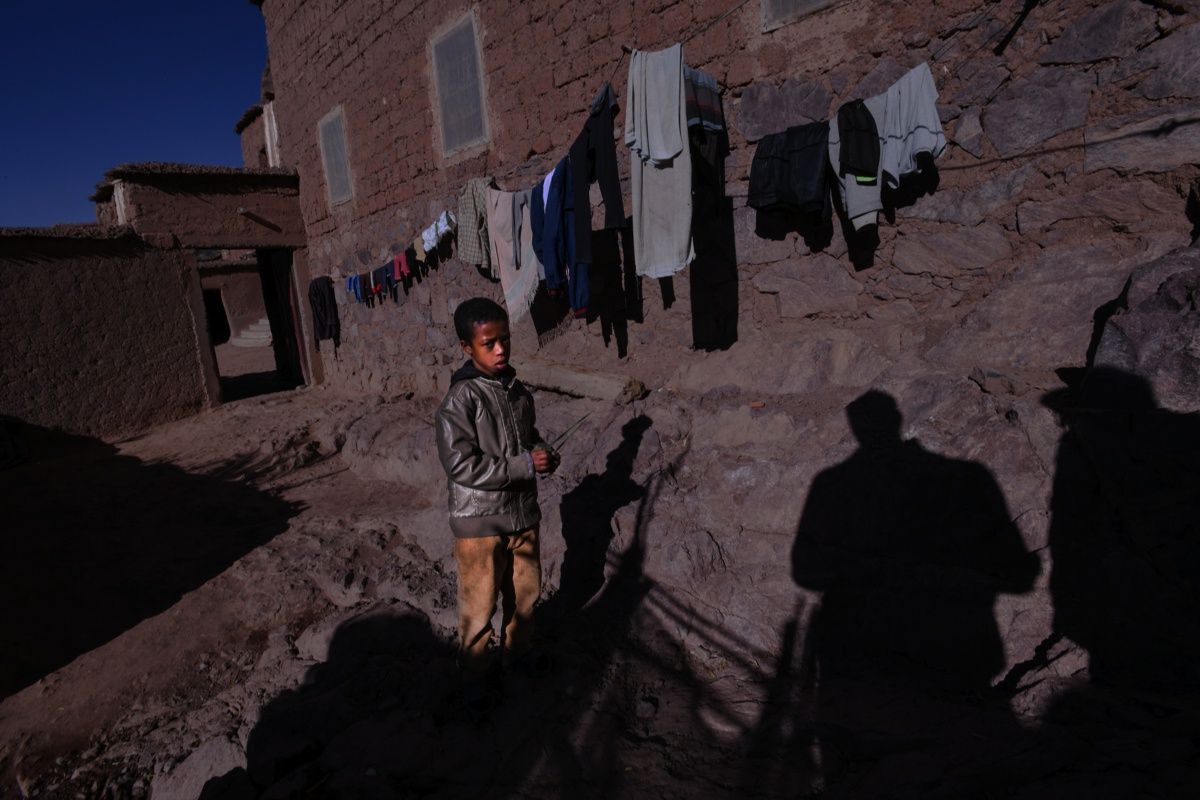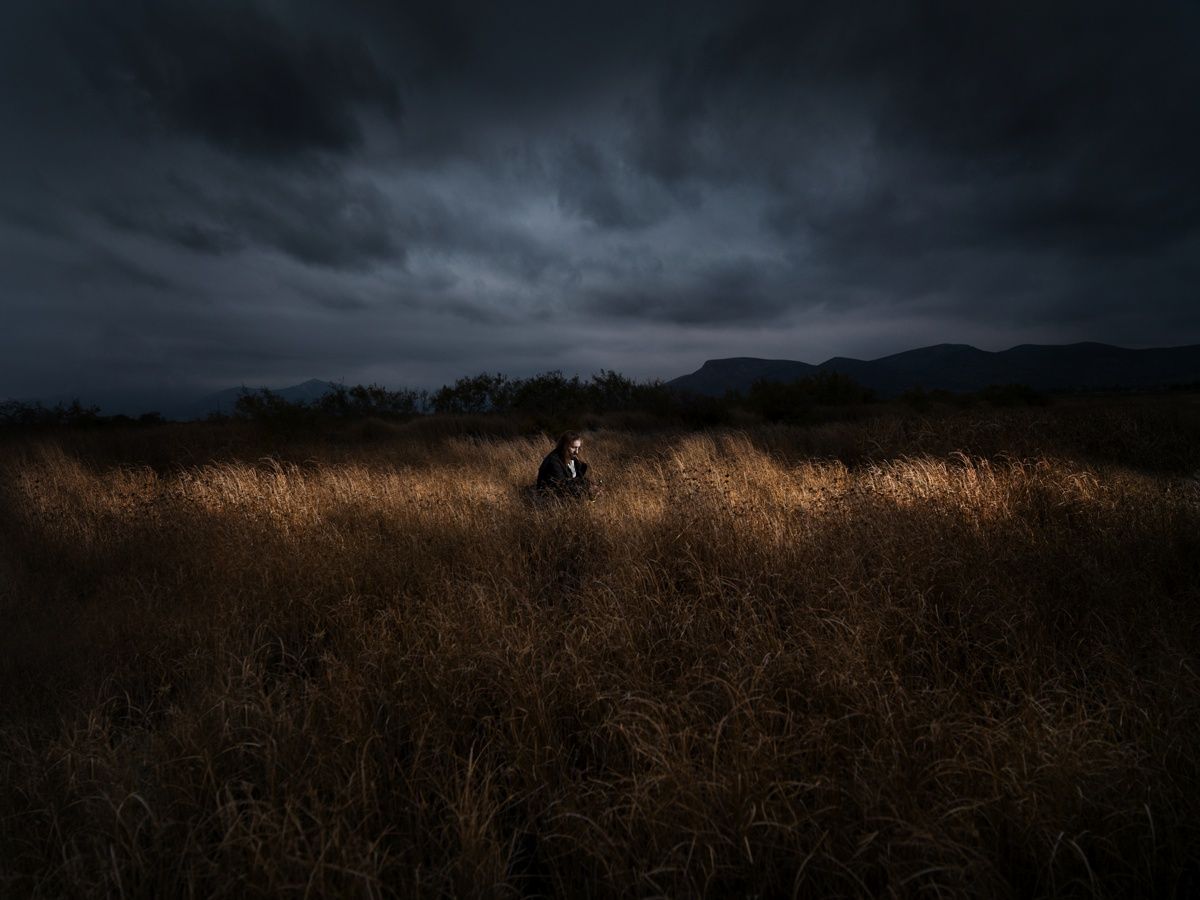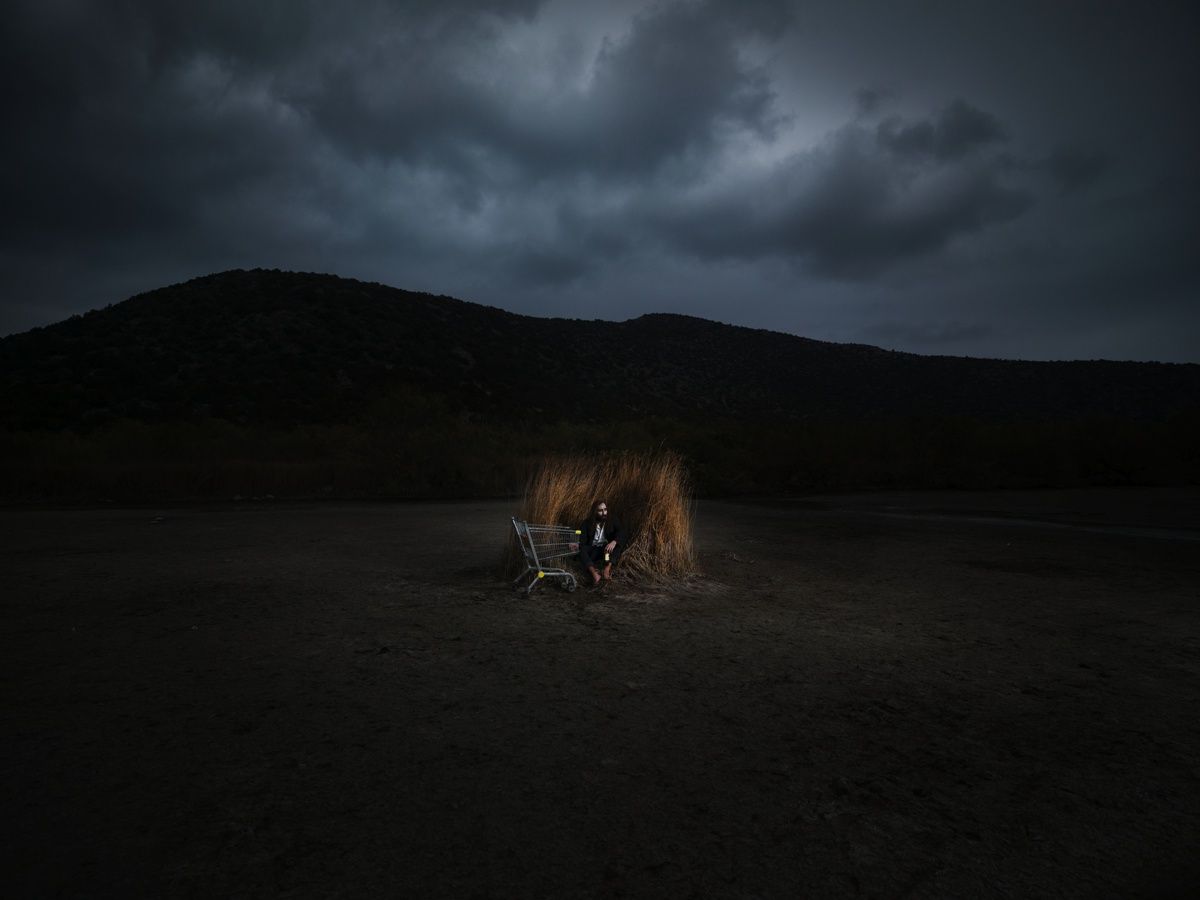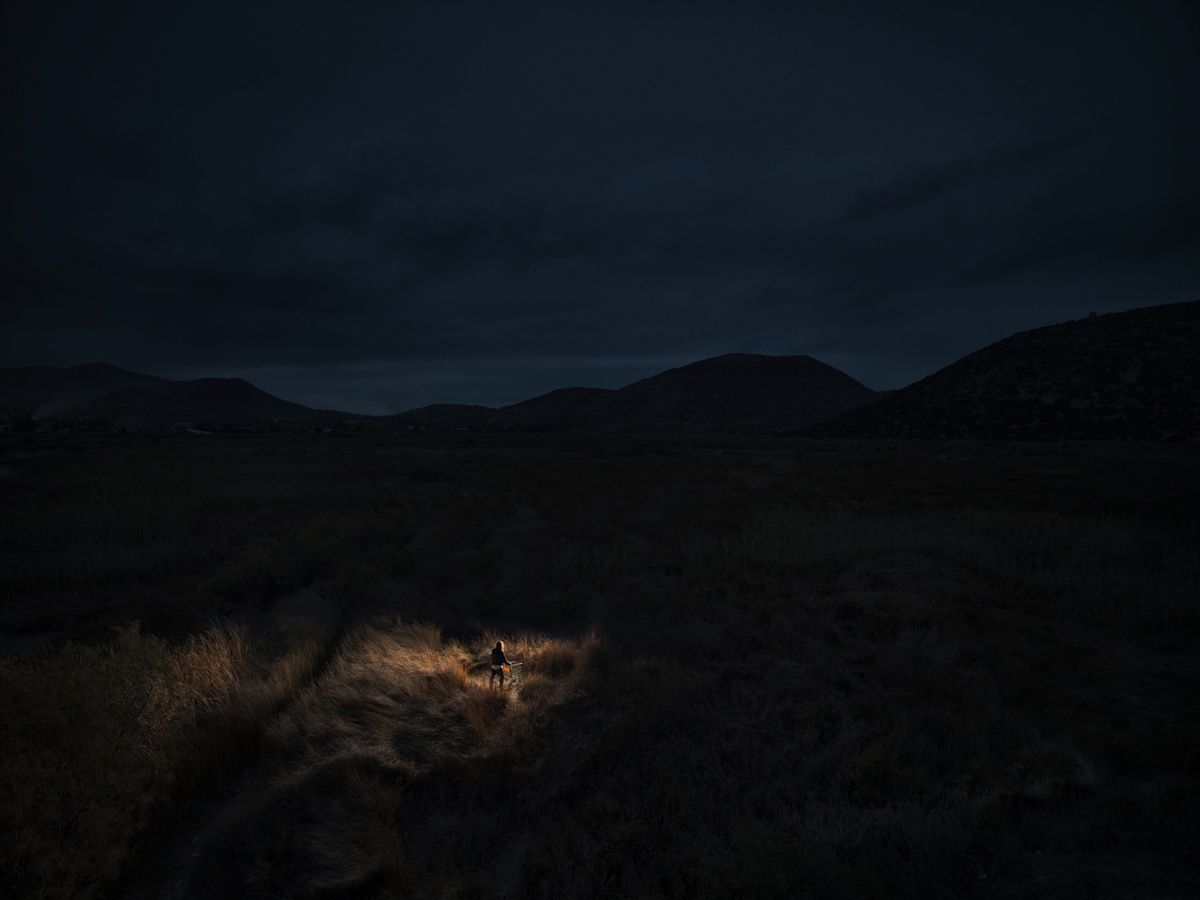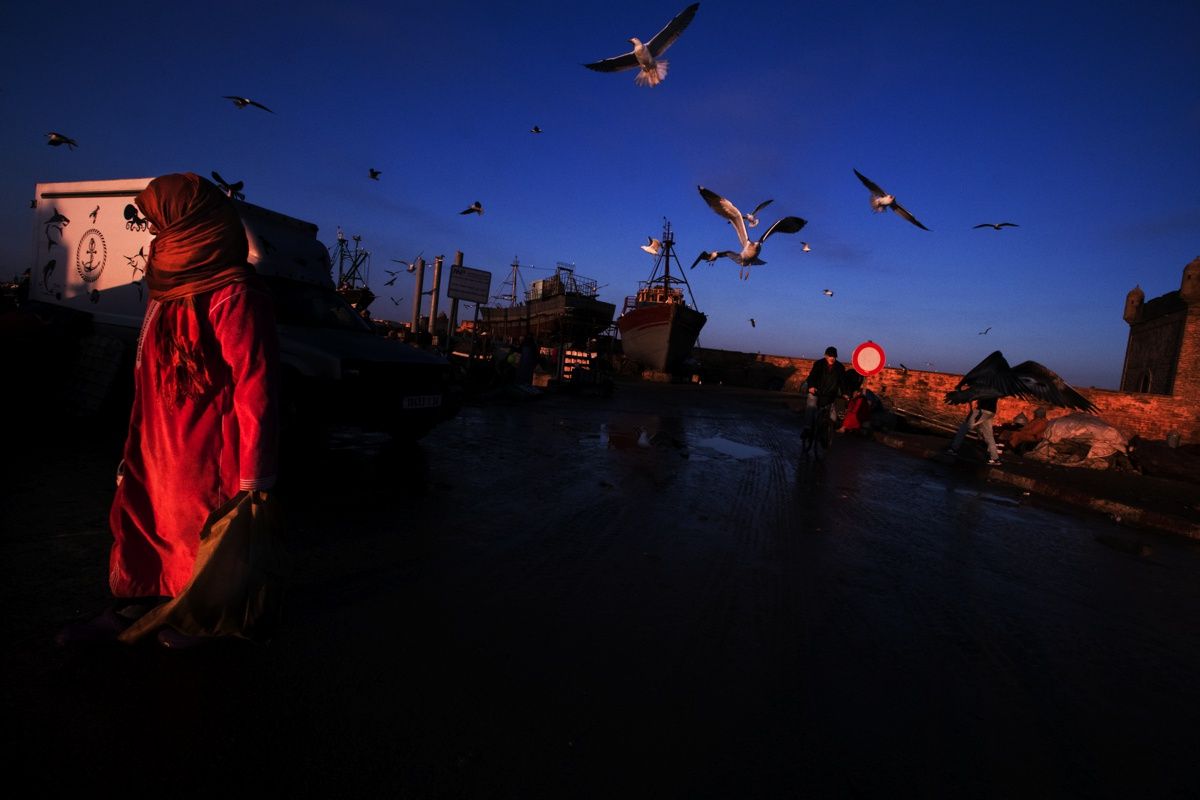The photographic works of Petros and Constantinos Sofikitis complement each other. They are two brothers with different points of view which create a common photography exhibition.
Petros observes mankind as a whole while depicting their inner beauty. Time, as we know it, doesn’t exist. Movement, pain, disappointment and labour have a surrealistic duration. His approach aims to point out that man’s feelings are sometimes non existent.
Au contraire, Constantinos’s sensitivity touches the human soul and feelings and reveals his true nature.
His camera is there to capture movement, time and contrasts and thus he brings people’s faces into the light. He allows the viewer to enter the landscape through the figures who give it colour and life, rather than its morphology.
Ansel Adams said: “You cannot create a photograph only with the machine. When you take photos is like you carry with you all the images that you have seen, all the books that you have read, the music that you have listened, the people that you have loved”
Konstantinos and Petros Sofikitis use photography as a medium to express and depict emotions using nature and man as protagonists. Particularly, Konstantinos captures images in which the colors are bright and seductive. These colors along with the people’s movement are represented in the photo and show their feelings.
These elements are clearly presented in the photographic collection “Morocco” where the protagonists appear through the combination of colors and figures. Emphasizing on the moving depiction of the figures, the artist achieves to capture the movement along with the contrasting color of the background.
However, Petros focuses on nature and landscape while completing them with the human figure in a more static condition than with Konstantinos. He depicts the photographic triptych landscape-nature-man in an abstract way under the illusion of human emotions. The creator takes a step back in order to support the emphasis mostly on the background but also on the human figures in an act to reveal the human expressions.
Phenomenally, they are two different photographic points of view. However, essentially there is a dynamic and interdependent relationship between their photos as well as between their figures. Consequently, the dialogue taking place between the two artists’ works, invites the viewer to become part of their creation.

